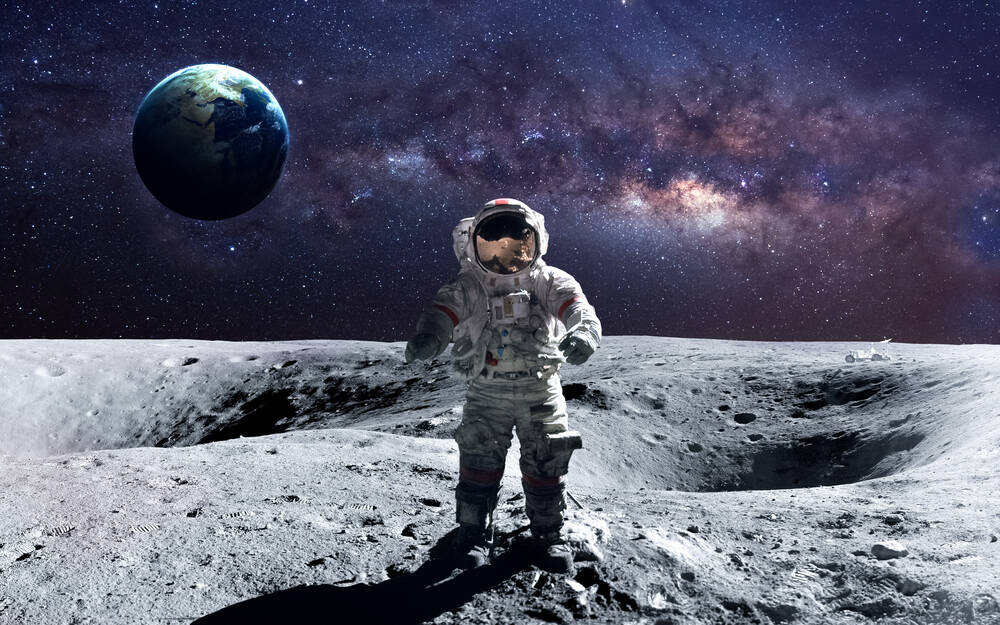
"A Chinese-led team of boffins has uncovered tiny grains of hematite and maghemite in materials scooped from the Moon's far-side South Pole-Aitken Basin by the Chang'e 6 probe - iron oxides more at home on rusty tools on Earth than on our bone-dry satellite. Until now, the lunar surface was thought to be a strongly reducing environment - essentially the opposite of rust-friendly - and earlier sample returns didn't show any of these iron oxides at all. The new data upends that assumption."
"So how did rust even form on the Moon, of all places? The researchers say it's not the usual Earth routine of hanging around moisture and oxygen. Instead, they argue that giant asteroid or comet impacts momentarily created localized oxidizing blasts, ejecting material, briefly mixing in oxygen-rich gases, melting stuff, and enabling iron to oxidize into hematite and maghemite. These grains are micron-sized and buried deep in the soil, meaning the effect was fleeting and extremely localized."
"The research adds a fresh wrinkle to lunar geology and shows the Moon's soil isn't just good for growing tea. These rust grains may even tie into longstanding mysteries like the Moon's odd magnetic patches, since iron oxides can hold magnetic signatures. They also prompt new questions about how widespread these "oxidized" spots are, how they formed, and whether the Moon has been hiding more active chemistry than anyone expected. Of course, skeptics will point out that "rust" is somewhat of a sensational shorthand - this isn't your typical flakes from your worn garden shed, but tiny iron-oxide crystals formed under extreme conditions. Even so, it's a sharp reminder that the Moon still has surprises."
Chang'e 6 returned soil and rock materials from the Moon's far-side South Pole-Aitken Basin that contain micron-scale hematite and maghemite grains. The presence of these iron oxides contradicts the prior view of a uniformly strongly reducing lunar surface. Giant asteroid or comet impacts likely created brief, localized oxidizing blasts that ejected material, mixed oxygen-rich gases, melted minerals, and enabled iron to oxidize. The iron-oxide grains are tiny and buried in soil, implying fleeting and spatially limited formation. These oxidized grains could contribute to lunar magnetic anomalies and raise questions about the distribution and frequency of such chemistry.
Read at Theregister
Unable to calculate read time
Collection
[
|
...
]